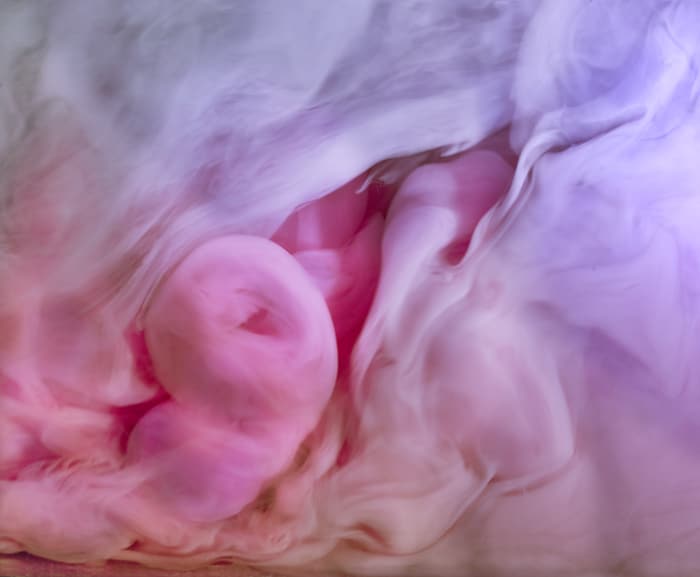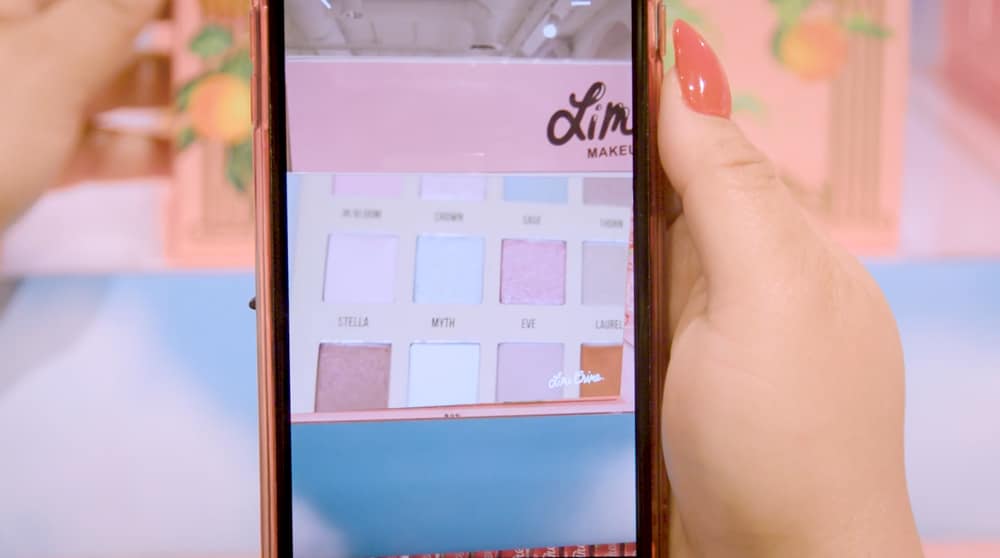Online makeup brand Lime Crime just released a game-changing AR beauty app

On May 15, one of the beauty industry’s most controversial makeup brand, Lime Crime, disrupted the internet once again, this time in a positive way (from identity theft to racism, and many other lawsuits, the company has done it all), with the debut of its first augmented reality app. The app is the first in producing interactive beauty packaging and could possibly change how we use AR in retail. Thinking beyond the makeup box, the brand wanted to give its customers an experience where products’ packaging would come to life in a way no one has seen before. Reimagining the in-store shopping experience by marrying tech, retail, and product into one cohesive experience is something the world was missing and frankly, I wish it came sooner.
The cruelty-free and vegan makeup brand was born on the internet in 2008, founded by Doe Deere, an influencer before influencers became a thing. Its ultra-bright shades and unicorn ethos of standing out from the crowd made Lime Crime one of the first internet cult beauty brands of its kind. The brand decided to create this augmented reality app as a way to reach out to their customers in a new and cutting edge way.
Using the app, makeup lovers can scan over the latest Venus XL 2 palette, where they are immediately greeted by the mascot of the palette, a green-haired Botticelli Venus who comes to life and talks you through the ‘highlights’ of the 18 buttery shades. Makeup tutorials by high profile beauty influencers like Lina Assayed and Lauren Rohrer pop up above the palette, showing you different eye looks using the grungey earth-toned shades as well.
Another product that possesses the same technology is the Softwear matte blush. Here again, you scan your phone over the graphic compact where holographic orchids bloom and you can then digitally swipe through the 12 matte shades—all while butterflies and gold fairy dust cascade down the packaging.

So what does this app really change in the beauty world? According to Business of Fashion, experiential retail has been on the lips of retailers, fashion, and beauty brands since 2018. While using digital makeup filters to swatch the latest products, or using facial recognition algorithms to tell you what’s the best skin care for you is innovative, it doesn’t really help when it comes down to actually putting it on your face. But Lime Crime showed it is aware of the fact that makeup is tactile and in spite of technological advancements, tech just isn’t—something that can’t be changed for now.
What makes this app a game-changer is that it’s showing a future for tech and beauty where YouTube, the go-to platform for the makeup community at the moment, could be cut out of the equation. Eliminating the middleman means unifying the brand, product, and customers at the same time. The app’s simple and straightforward design allows the consumer to interact immediately with the brand and turns objects into installations.
Many retail brands are now making their way into AR through the obvious routes of pushing for e-commerce purchases. Unlike other retailers using AR apps with an e-commerce approach, Lime Crime is sticking to its internet ethos of customers first and using its app to entertain, educate and offer its customers an advanced Lime Crime experience.
By foregoing the shopping cart icon altogether and focusing on telling the brand’s story, Lime Crime promotes a more organic way of buying beauty products to millennials and Gen Z customers. In a world where everyone is savvy to marketing and purchasing algorithms, Lime Crime is not force-feeding ads and products to us. By providing information, entertainment, and experience for customers, it brings meaning to its products and connects you to the brand in a way that hasn’t been done before. This is the future of retail and the future of how products should be presented—where buying products is secondary, but buying into the world and the story of a specific brand is far more important.




